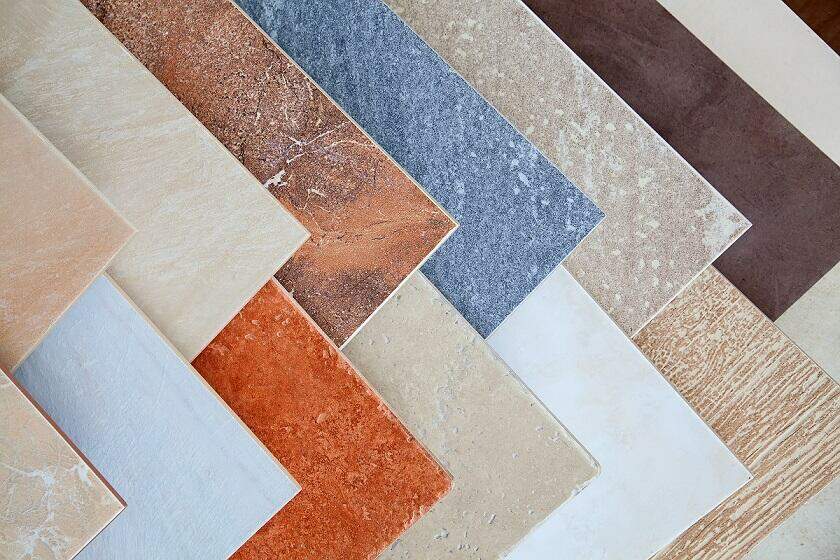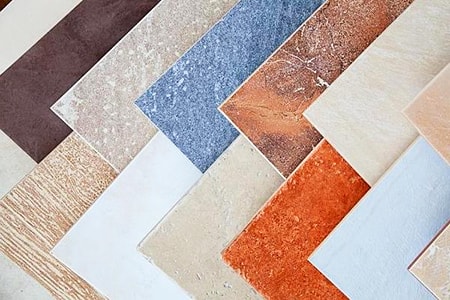The Single Strategy To Use For Tiling Christchurch
Table of ContentsThe Greatest Guide To Tiling ChristchurchTiling Christchurch for BeginnersUnknown Facts About Tiling ChristchurchThe Greatest Guide To Tiling Christchurch
This kind of cement is also more costly than cementitious cement at around $4-$8 per pound. For locations where stain resistance is essential, epoxy cement may confirm to be an excellent selection. Epoxy grout can potentially tarnish sedimentary rock or quarry ceramic tiles which have porous and also unglazed surfaces.One benefit of epoxy grout is that unlike cementitious cement, However, they can end up being tarnished gradually which is why cleaning them consistently is an absolute must. Scrubbing with a blend of water and bleach (or vinegar) is more than sufficient to clean epoxy cement properly. There is a variety of epoxy grout called modified epoxy cement which contains Rose city concrete.
Nonetheless, this kind of cement is harder, more powerful, as well as a lot more stain-resistant contrasted to a conventional epoxy grout. Furan material grout is rather similar to epoxy, but as opposed to using epoxy materials, a mix of polymers with strengthened alcohols are made use of. The name is originated from the furfuryl alcohol consisted of in the grout formula which contributes to its chemical resistance.
Preventative measures need to be made when mixing furan cement to stay clear of inhaling the vapours which are dangerous to human health and wellness. Installing furan resin cement needs skill and also accuracy as understanding the best temperatures are vital for an effective setup. Setting up furan grout needs to be done when the temperature levels are in between 15C and 32C to ensure that it cures properly.
Tiling Christchurch Fundamentals Explained
Ceramic tiles are easy to look after, so they are suitable for high-traffic areas or areas where there's moisture or dirt. Today, ceramic tiles have expanded to encompass a wide array of materials, applications, patterns as well as designs. Wall surface tiles especially differ from floor ceramic tiles in that they are normally not planned to be load bearing.
They are commonly lighter and thinner than floor tiles. Checking out the essentials of wall surface tile choice as well as requirements, we have actually created an introduction overview to wall surface tiles particularly for designers. From products and also sizes to ratings as well as upkeep, the overview functions as a starting indicate recognize exactly how floor tiles can be utilized in modern-day designs.

While ceramic tiles are not ideal for exterior use, they can be utilized in locations of light to moderate web traffic. Ceramic floor tiles are not as hard as porcelain, so they can be cut less complicated. Arianna by Bardelli Glazed ceramic tiles are normally used for wall applications, and also the most preferred being train floor tiles with width-to-height proportion of about 2:1.
The Buzz on Tiling Christchurch
They are normally fired at a high temperature level to develop a thick, long lasting ceramic tile that's resistant to moisture. The process of glazing allows for brighter colors and can create a glass-like surface area. With polished tiles, it is necessary to keep in mind that PEI Wear Scores will certainly inform you if the tile is best fit for walls.
They are commonly more challenging than clay due to the fact that of the minerals made use of and also the high firing temperatures. Unlike clay terracotta, quarry floor tiles are not porous and will certainly resist water; and also unlike ceramic floor tile as well as porcelain, quarry floor tile does not have a surface polish layer. One downside to quarry ceramic tile is that it can be tougher to clean up. Tiling Christchurch.
The floor tiles stay preferred today as a result of their capability to stand up to deterioration while preserving their aesthetic appeals. Normally, stone wall surface floor tiles are made from granite, marble, slate, and travertine. These work well where moisture is not an issue. Natural stone ceramic tile will certainly have rectified sides. more tips here They can be hefty, as well as all stone tiles are porous.
Wall ceramic tile is thinner and can be found in squares from 3 inches by 3 inches as much as 6 inches by 6 inches. For something like mosaic floor tiles, they are 2 inches square or smaller and also can be installed independently. Bigger floor tiles will certainly leave an area with much less grout lines, developing a much more structured look that can make a small area appear bigger.
Some Known Facts About Tiling Christchurch.
Mosaic tile with each private ceramic tile sized at 2 inches square is offered in either loose or mesh-bound form. The mesh backing that holds the floor tiles with each other can be easily reduced from the back with an utility knife. This ceramic tile is not big enough to really call it train ceramic tile, as well as it has more of a mosaic tile look.


The denser the tile, the less water it soaks up. The classifications for the porosity of tile are: resistant (least absorbing), vitreous, semi-vitreous as well as non-vitreous (most absorbing).
The firing process influences the hardness of floor tile. Typically, hotter the firing and also the longer it's terminated for, the more difficult the ceramic tile will be. For single-fired ceramic tiles, the glaze is applied to the raw material as well as baked when in a kiln. Double-fired ceramic tiles are thicker. After color or decoration is added, the tile is baked a second time.